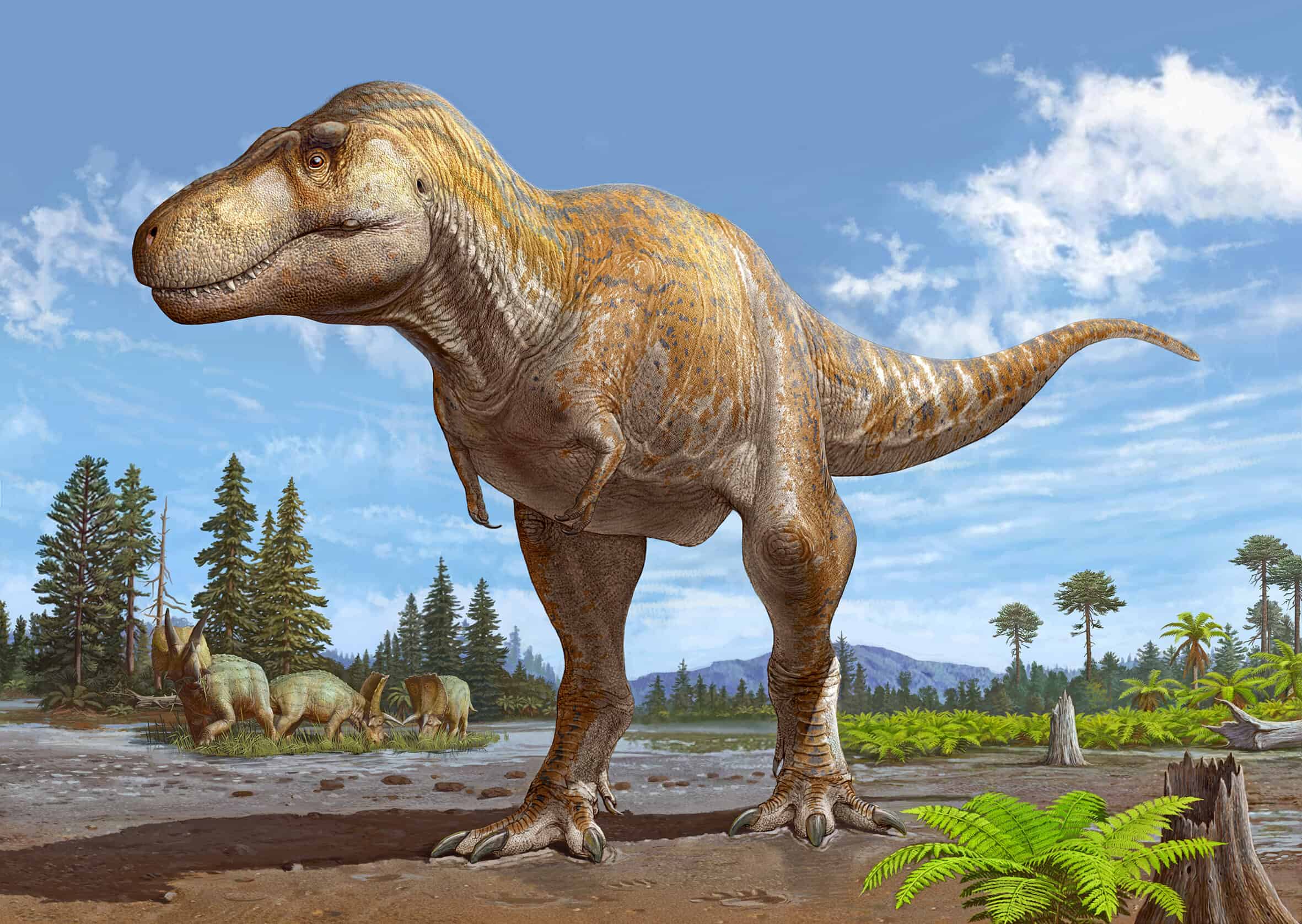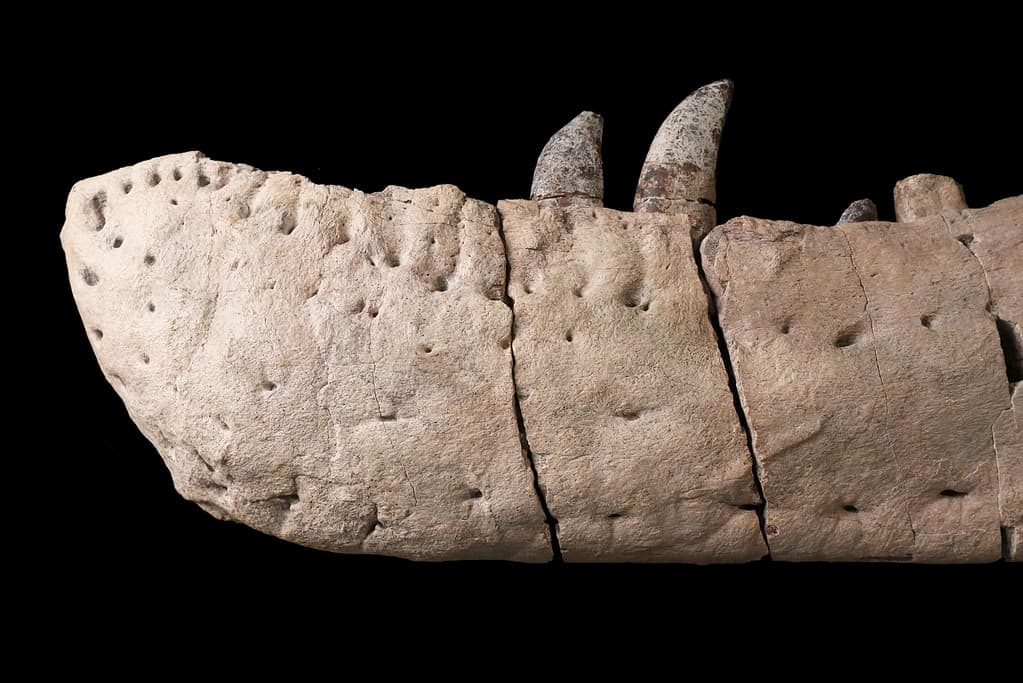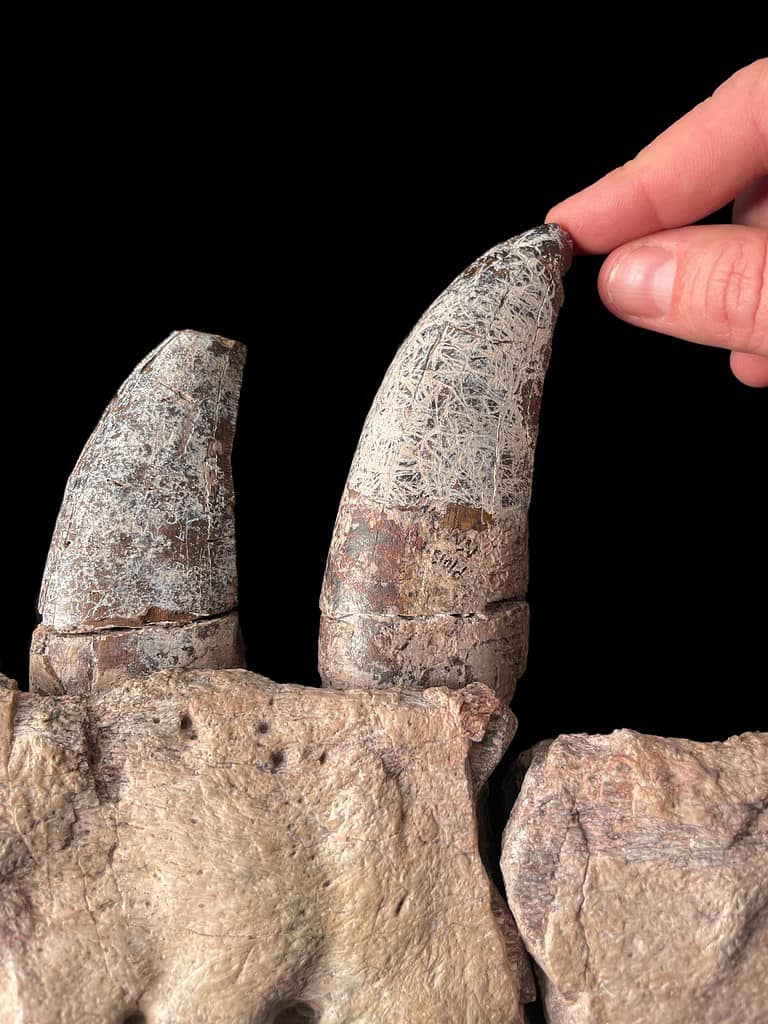
In the arid landscapes of Las Cruces, New Mexico, a chance discovery by civilians in 1983 has led to a groundbreaking find in the world of paleontology. At Elephant Butte reservoir, what began as a leisurely boating trip transformed into a historical expedition with the discovery of a jawbone that lay hidden for millions of years, waiting to unveil its secrets.
Paleontologists at the nearby New Mexico Museum of Natural History and Science soon after joined the scene and started digging. They uncovered additional dinosaur bones, including part of the skull.
Initially, paleontologists ascribed the bones to T. rex, perhaps the most famous of all dinosaurs and the apex predator of the Late Cretaceous period that existed 66 million to 68 million years ago. However, a new study that appeared this week concludes that the fossils belong to an entirely new species dubbed Tyrannosaurus mcraeensis.

This species roamed the earth 70 to 73 million years ago, predating T. rex by up to five million years. Could this be the predecessor to the king of dinosaurs? The answer lies in ongoing research and future discoveries.
Anthony Fiorello, the executive director of the museum, highlights some key differences between the two very closely related tyrannosaurs: a slender and curved lower jaw suggesting a unique feeding habit and distinct features around the eye, including the absence of hornlets over the eyes, a feature common in T. rex.
Scars of the Past

Tyrannosaurus mcraeensis wasn’t just another dinosaur; it was a survivor. The scars on its jawbone hint at a tumultuous life, likely involving fierce battles with other tyrannosaurs or individuals belonging to different species.
Unlike many of its contemporaries found near coastlines, T. mcraeensis lived in a different setting, far from the sea. This raises intriguing questions about its lifestyle and the ecosystem in which it thrived. With a size comparable to, or potentially exceeding, that of T. rex, this species was likely the apex predator of its time. The idea that T. mcraeensis might have outgrown the infamous T. rex is a tantalizing possibility, though more specimens are needed to confirm this.
Previously, T. rex‘s closest known relatives were believed to be from Asia. The emergence of T. mcraeensis points to Laramidia, an ancient landmass covering the western coast of North America between 100 and 66 million years ago, as a potential origin point for the tyrannosaur lineage.
For those eager to witness this piece of prehistoric puzzle, the New Mexico Museum of Natural History and Science in Albuquerque welcomes visitors to come face-to-face with the fossil that started it all.
The findings appeared in the journal Scientific Reports.









